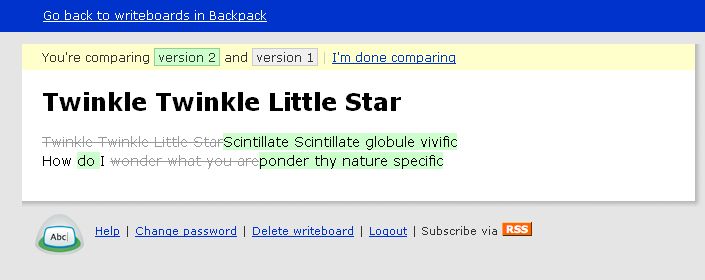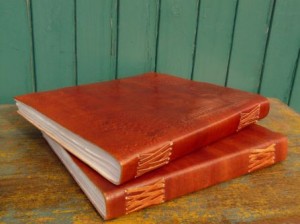A couple of years ago I surprised myself by having the urge to write a poem. Yes, I actually sat down and wrote a poem! Now you might believe that poetry should be composed on sheets of handcrafted paper bound up in a leather notebook, preferably whilst sitting in a gentle breeze in the park or on a beach. (Now where’s that floaty dress?) And I was ready to buy into this writerly lifestyle, truly. I even got some real pens with different coloured inks. Then I remembered I had children. And part of the deal with kids is that you surrender all rights to ownership of beautiful stationery. Perhaps it’s a problem of boundaries (the lack of) in our household, but my offspring have a simple view of life – What’s yours is mine. End of.
Bye bye notebook, hello computer…
I’ve yet to conduct a survey on this, but my hunch is that the majority of creative writers with PCs use Microsoft Word for editing and formatting their work. It’s certainly my default option and, barring a few idiosyncrasies, it works most of the time.
But one feature where Microsoft Word falls down is when you want to keep track of multiple drafts of your writing – especially if it’s a short text (like a poem, a song, a comedy sketch, a blurb, a press release, and so on) where you could feasibly go through dozens of iterations of a single line. It’s a bit cumbersome to keep saving the file each time under a different name, i.e. myworkofgeniusV25.doc. I know that Word has the Track Changes facility but I find this difficult to use. And what about the version you wrote 10 or 20 drafts ago? Blimey, suppose the first draft was really the best version all along!
A better solution
The Writeboard is one of a number of work-based tools from the awesome Chicago-based company, 37signals. (I could sing the praises of these guys and their simple, elegant products all day long, but for now I’ll keep to the point.)

Writeboard is an online text editor that lets you write, and then save every edit. It displays links to each edit down the right hand side of the screen so that you can easily select and compare different versions. Here’s an example, showing the deleted words and the new text.

There are other advantages. Because Writeboard is a web-based application, you can access and edit your file from any computer providing it has an internet connection and browser. This means less messing around with memory sticks or emailing documents to yourself so you can access them on another computer. You don’t get quite as much by way of formatting with Writeboard, although you can certainly do bold, italics, underline, resizing headings and inserting weblinks. If you want more flexibility, simply copy and paste your best version into Word for a final polish.
The other cool thing is that Writeboard, like GoogleDocs, allows you to share work and collaborate with other people. You can each access the same document online and make changes to it. But what if you hate what your writing partner’s done to your text (like Raymond Carver did with his editor’s brutal cuts)? Again, you just roll back to the previous version.
How do I get a Writeboard?
Unlimited Writeboards are available here for free, and Writeboard is also bundled with 37signals’ online storage organiser called Backpackit, which has a free basic version, although I pay a few dollars each month because the upgrade is worth it for me.
So what cool tools or other software applications are out there for writers? Perhaps you use an alternative to Writeboard, like GoogleDocs? Let me know how you manage multiple edits and collaborations.
Fiona Joseph


